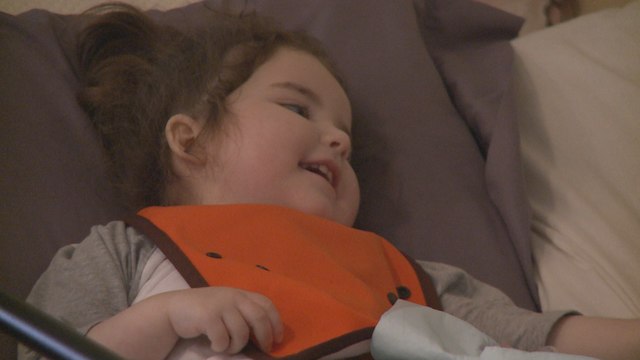I click the play button to log an interview I just recorded. I hear a nurse in New York describe a sight from a recent shift.
“I remember I was sitting at my desk,” she tells me, “and the body rolled by on the stretcher to go to the morgue. And I’m thinking, ‘That’s just joining all the other bodies down there.’”
As my fingers type fast to keep up, a voice in the background interrupts.
“SEE YOU SOON, HOPSIEEEEEEEEE!”
That’s my daughter. She’s two years old. She’s in her playpen, one room over from my office. And she’s putting her toy bear, Hopsie, down for a nap.
For the next few minutes, her high-pitched squeals pierce the sentences and sighs of an exhausted nurse: “They have a tent outside the hospital where they take all the dead bodies” – I LOVE YOU, HOPSIEEEEEEE! – “They don’t have enough room in the morgue” – SEE YOU SOOOOOOON! – “It’s not normal for people to be dropping like flies like that.”
It’s certainly not normal. It’s also not normal for me to process upsetting details of a pandemic – and internalize them enough to write a story – while hearing my toddler blissful in the living room. It’s not normal to keep my phone on mute during the morning editorial meetings, so I can cradle my newborn daughter – just seven weeks old – and soothe her cries long enough to pitch a story.
None of this is normal. We are all making sacrifices and adjusting our lives. Many of us know someone who’s caught COVID-19 – or, worse, lost a life from it – if we haven’t faced it ourselves. Many work in fields where they confront the pandemic first-hand every day, from the grocery store cashiers wearing masks and gloves to the nurse I interviewed, witnessing a body get rolled to the morgue.


